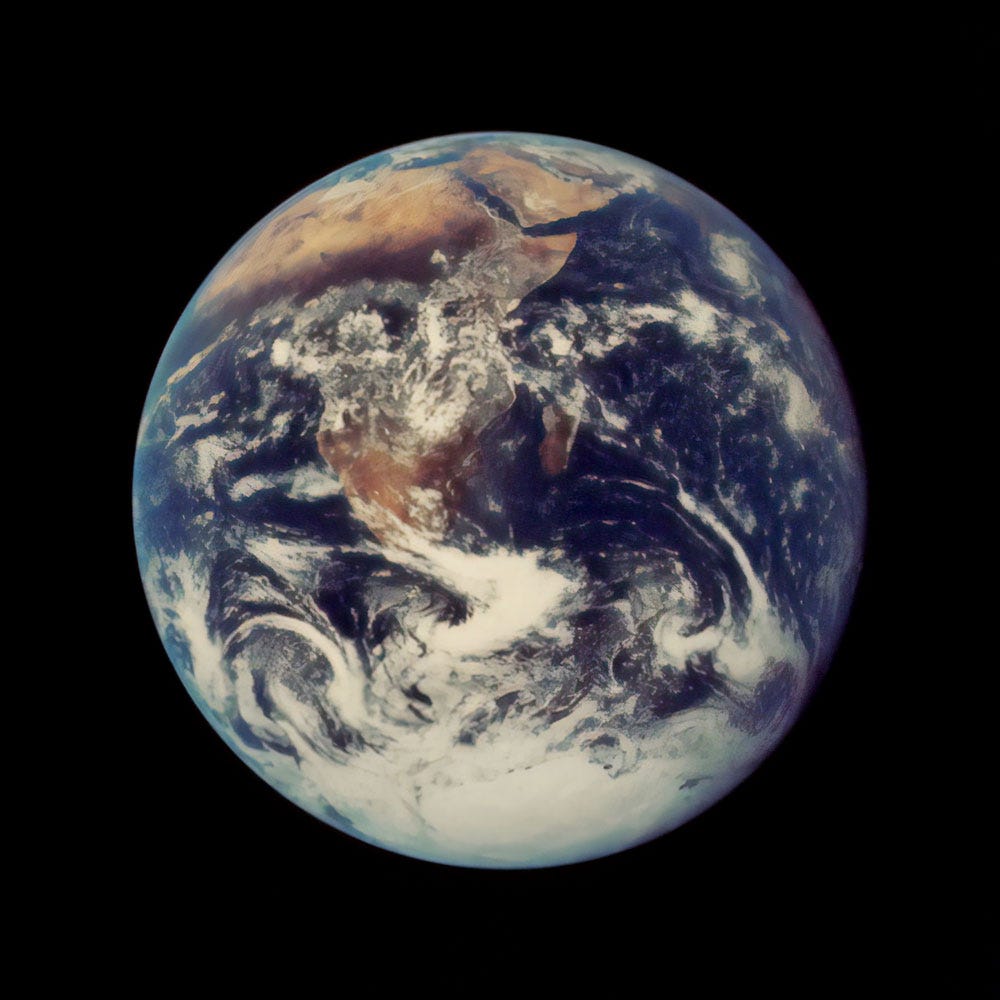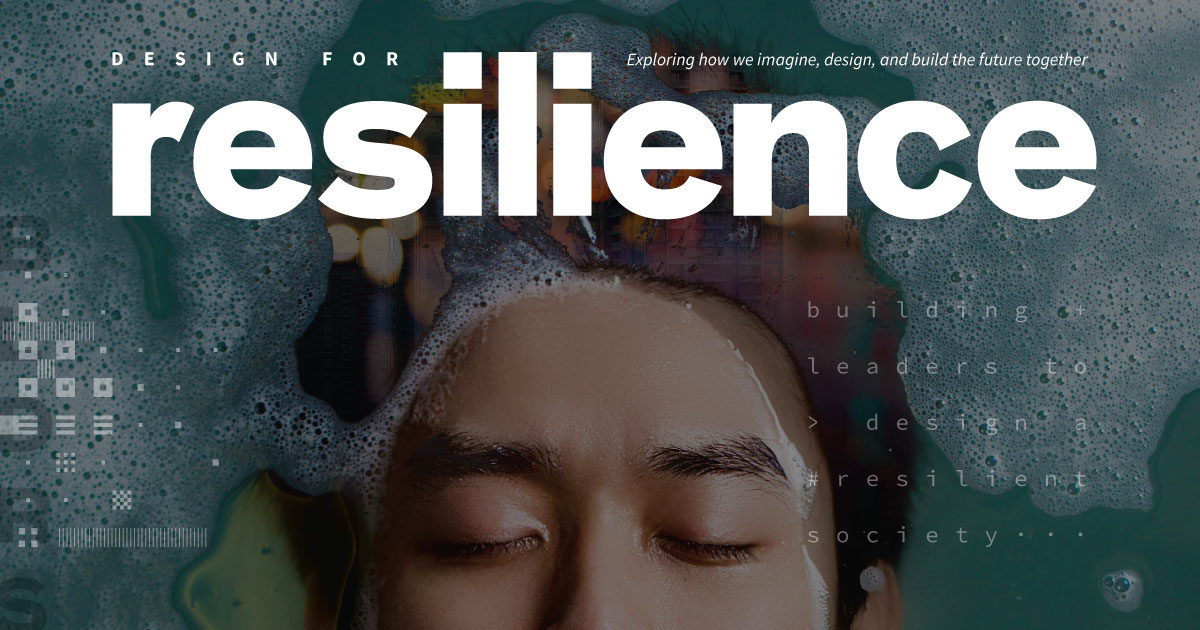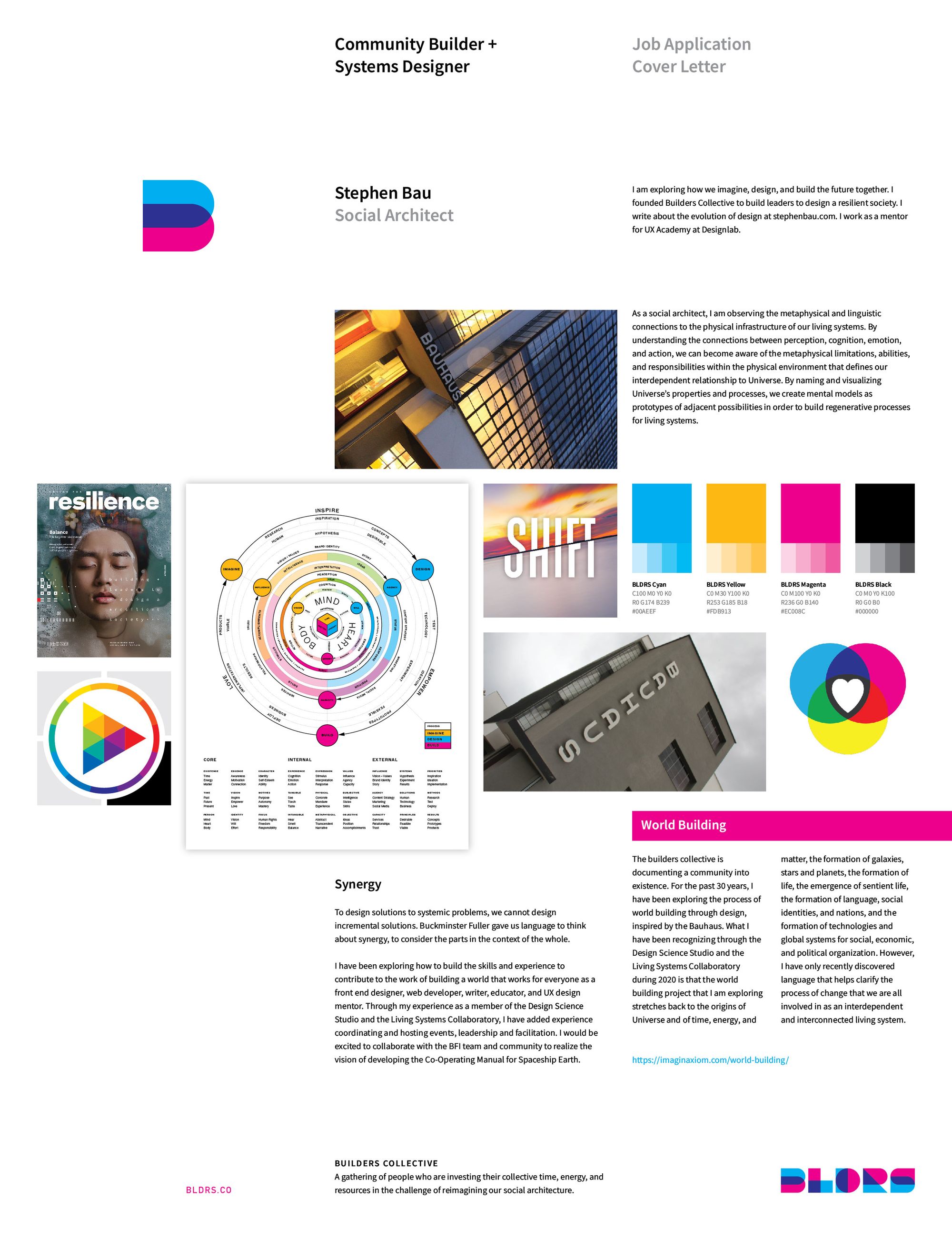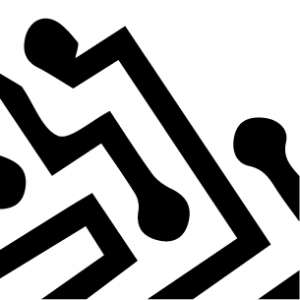A Co-Operating Manual
As citizens, we have been conditioned to believe that we are powerless against institutions, governments, and corporations. There is power in numbers. The interests of the many outweigh those of the individual.
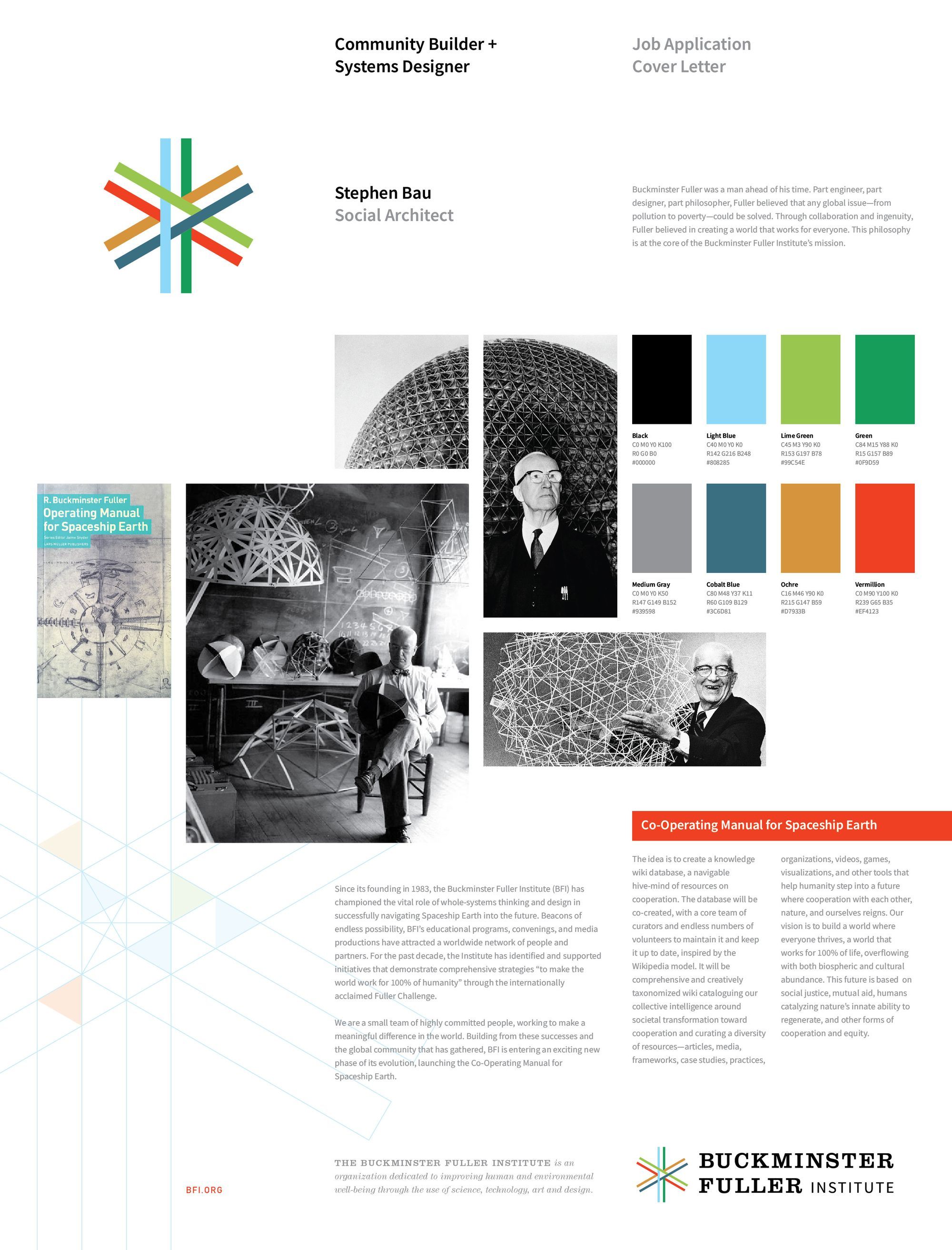
The design challenge for this decade
Coordinating our actions together is our greatest design challenge. Who on this planet is actually working on this problem?
Daniel Schmachtenberger: The UN has 17 Sustainable Development Goals. There’s really one that must supersede them all, which is develop the capacity for global coordination that can solve global problems. If you get that one, you get all the other ones. If you don’t get that one, you don’t get any of the other ones. That becomes the central imperative for the world at this time.
Tristan Harris: So in the vacuum of what Daniel sees as a failure of our institutions to do global coordination well, what are we left with? How are we responding to these unmanaged existential risks caused by exponential technology? Daniel sees two bad attractors that we’re currently getting pulled towards. And those attractors are oppression and chaos. Oppression looks like China’s digital authoritarianism model, ruled by the state from above. So we’re going to have quantum computing, AI, God-like technology that psychologically influences billions of people, but it’s managed by the state and limits the freedom of citizens. Or we can have chaos. Instantiated by the West, democratic dysfunction, where exponential technologies aren’t really managed at all because social media has deranged our society to be maximally addicted, distracted, outraged, polarized, and misinformed until people don’t know what’s true at all. So, how do we manage global existential risk without devolving into oppression or chaos? What could a new attractor be?
Daniel Schmachtenberger: I think it was a Jefferson quote: the ultimate depository of the power must be the people. And if we think the people too uneducated, not enlightened to be able to hold that power, we must do everything we can to seek to educate and enlighten them, not to think that there’s any other safe depository.
I know of no safe depository of the ultimate powers of the society but the people themselves; and if we think them not enlightened enough to exercise their control with a wholesome discretion, the remedy is not to take it from them, but inform their discretion.
One of the core things is the relationship between rights and responsibilities. So if I have rights and I don’t have responsibilities, there ends up being tyranny and entitlement. If I have responsibilities and I don’t have any attendant rights, it’s servitude. Neither of those involve a healthy, just society.
…
Tristan Harris: Daniel's saying we should design systems to enable people to be maximally informed and maximally participate in their own governance.

Spaceship Earth
Buckminster Fuller, based on his experiences as a naval officer, wrote a book called the Operating Manual for Spaceship Earth.
Spaceship Earth was so extraordinarily well invented and designed that to our knowledge humans have been on board it for two million years not even knowing that they were on board a ship. And our spaceship is so superbly designed as to be able to keep life regenerating on board despite the phenomenon, entropy, by which all local physical systems lose energy. So we have to obtain our biological life-regenerating energy from another spaceship—the sun.
He goes on to make some remarks about the missing manual for the ship.
Now there is one outstandingly important fact regarding Spaceship Earth, and that is that no instruction book came with it. I think it’s very significant that there is no instruction book for successfully operating our ship. In view of the attention to all other details displayed by our ship, it must be taken as deliberate and purposeful that an instruction book was omitted.… So, we were forced, because of a lack of an instruction book, to use our intellect, which is our supreme faculty, to devise scientific procedures, and to interpret effectively the significance of the experimental findings. Thus, because the instruction manual was missing we are learning how we safely can anticipate the consequences of an increasing number of alternative ways of extending our satisfactory survival and growth—both physical and metaphysical.
R. Buckminster Fuller, Operating Manual for Spaceship Earth, p.60
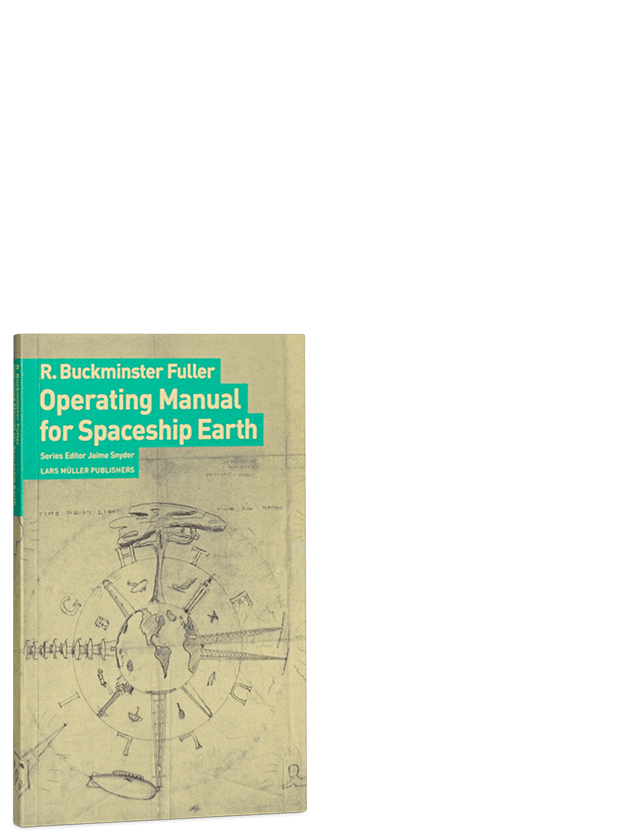
Sapiens
Yuval Noah Harari provides us a brief history of humankind that emphasizes our evolutionary advantage: cooperation.
Fiction has enabled us not merely to imagine things, but to do so collectively. We can weave common myths such as the biblical creation story, the Dreamtime myths of Aboriginal Australians, and the nationalist myths of modern states. Such myths give Sapiens the unprecedented ability to cooperate flexibly in large numbers. Ants and bees can also work together in huge numbers, but they do so in a very rigid manner and only with close relatives. Wolves and chimpanzees cooperate far more flexibly than ants, but they can do so only with small numbers of other individuals that they know intimately. Sapiens can cooperate in extremely flexible ways with countless numbers of strangers.
That’s why Sapiens rule the world, whereas ants eat our leftovers and chimps are locked up in zoos and research laboratories.
Any large-scale human cooperation—whether a modern state, a medieval church, an ancient city, or an archaic tribe—is rooted in common myths that exist only in people’s collective imagination. Churches are rooted in common religious myths. Two Catholics who have never met can nevertheless go together on crusade or pool funds to build a hospital because they both believe that God was incarnated in human flesh and allowed Himself to be crucified to redeem our sins. States are rooted in common national myths. Two Serbs who have never met might risk their lives to save one-another because both believe in the existence of the Serbian nation, the Serbian homeland, and the Serbian flag. Judicial systems are rooted in common legal myths. Two lawyers who have never met can nevertheless combine efforts to defend a complete stranger because they all believe in the existence of laws, justice, human rights—and the money paid out in fees.
Yet none of these things exists outside the stories that people invent and tell one another. There are no gods, no nations, no money and no human rights, except in our collective imagination.

Agency
Simon Sarris makes the case for restoring agency to children, rather than submitting them to mind-numbing industrial education.
We seem to have a political (public) imagination so shallow that it cannot conceive of what to even do with children, especially smart children. We fail to properly respect them all the way through adolescence, so we have engineered them to be useless in the interim. We do not need children to work, that is abundantly clear, but by ensuring there is nothing for them to do we are also sure to destroy more onramps towards making meaningful contributions to the world.
Much of the fault for this lies in an attempt at systematizing skill and knowledge transfer so thoroughly that people begin to conceive of it as the task of school, rather than a normal consequence of work. Because of this shift, childhood contains the age where one can intuit very well how the world works while being prevented from acting upon it meaningfully. Instead of an adolescence full of rites of passage, where one attempts to master something and accept responsibility, we have made it full of waiting, and doing work—for school is work—that nearly everyone knows is fake.
…
The act of creation causes imagination, not the other way around. To understand this is to understand the ecology that fosters the unique. Agency is precious because the lucidities that purposeful work and responsibility bring are the real education. The secret of the world is that it is a very malleable place, we must be sure that people learn this, and never forget the order: Learning is naturally the consequence of doing.
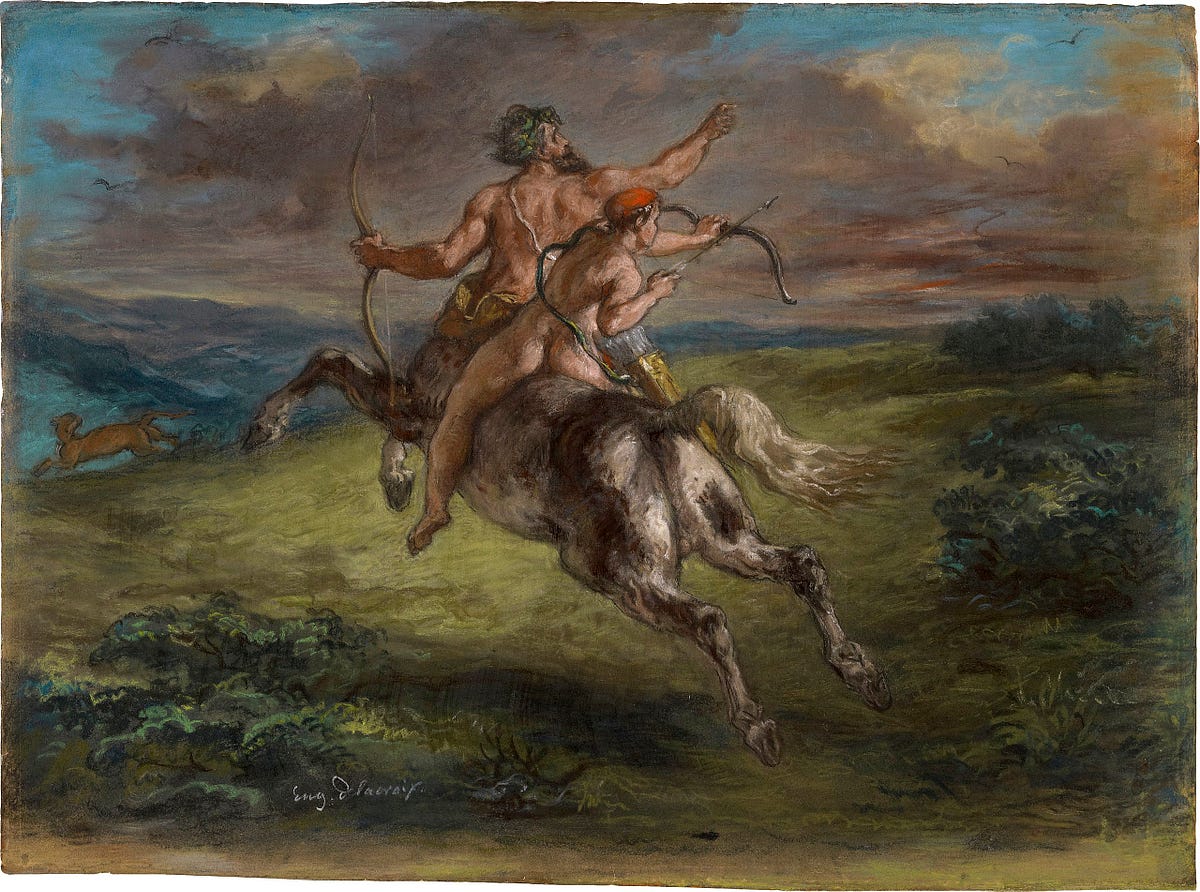
Community
We have been conditioned to outsource our authority (social influence, economic capacity, and political agency) to CEOs and politicians. Education conditions us to work within the limits of the systems we have inherited.
As citizens, we have been conditioned to believe that we are powerless against institutions, governments, and corporations. There is power in numbers. The interests of the many outweigh those of the individual.
The mechanisms of our compliance with the dominant system are designed into the system:
- Social: learned helplessness (individuality)
- Economic: trained incapacities (specialization)
- Political: bureaucratic intransigence (authoritarianism)
As designers, however, we are empowered to overcome these barriers to action by recognizing that we actually can effect change at a systemic level through participatory design:
- Social influence
- Economic capacity
- Political agency
I have rarely had a position of authority as a designer. That was on purpose. I have tended not to think of myself as a leader. I realized that I could effect change through my work as a designer by educating, mentoring, and empowering others.
I am not beholden to a social hierarchy, an economic system, or a governance structure. However, I work within them to effect change, operating within the constraints of the system without regarding the system as sacrosanct. The intention is to work as an agent of change, working to transform the system from the inside out, starting with myself.
Our social architecture is a reflection of who we are at the core. As McLuhan remarked, media are “extensions of man.” In the case of Canada, the patriarchal language is apt. We always build from the inside out. If we have built a genocidal apartheid state, that says a lot about what is hidden behind the façade of polite Canadian civil society.
When there is a situation that conflicts with my moral and ethical framework of values, I can refuse to participate and withhold my labour. There may be consequences, but I am not afraid of the harms that might be inflicted upon me. If I accept the ego as an illusion and death as a natural transition in the process of life, what is there to be afraid of?
It is the unfounded belief that entropy, decay, and death are the primary forces in the universe that leads to the irrational and thoughtless waste of time, energy, and resources on the modern industrial enterprise and the production of dead objects. Such desperation is the animal response to the fear of scarcity that drives the flight to security, the fight for survival and dominance, and the frozen mental state that stunts our ability to learn and grow.
Rather, the universe displays a fine balance between opposing forces, such as entropy and syntropy, that manifests as living systems.
To evolve design from dead, physical artifacts to imagining, prototyping, and building living systems, we need entirely new ways of thinking, doing, and being as human beings in a complex, diverse, and living universe.
We are so impressed with the technologies that humans have designed and created that we have turned them into sacred objects that we worship with our lives. Technology is a modern form of primitive idolatry, worshipping the work of our own hands. The cost of such idolatry is the destruction of this living planet, and ultimately ourselves.
A vast universe of experience awaits us, but not until we have learned to stop killing life for the sake of the collective human ego.
When we become so focused on the evil of death, we forget how good life can be. The earth was created good. We were ejected from the garden because we killed it. We create our own hell by fighting each other over competing conceptions of heaven and utopia. All the while, we have been living in heaven and have been burning it all down by digging up all the dead things we can find to drive our death machines faster and faster. Human technology amounts to a form of collective insanity.
To regain sanity and humanity, we need to rest and enjoy the good things that life offers. What would happen if we just stopped to realize that the universe has been working for billions of years to iteratively improve the technologies that have led to our ability to contemplate and appreciate the goodness of life? Instead, we cut, burn, kill, dissect, consume, and destroy life in a hurried effort to understand it and transcend it. Maybe we are here just to enjoy life: listen, learn, relate, and love.
- Entropy is chaos, cold, separation, decay, death.
- Syntropy is order, warmth, relationship, integrity, life.
There is evening and morning, the seventh day, a day of rest.
- There is thesis and antithesis, then synthesis.
- There is energy and matter, then time.
- There is physical and metaphysical, then life.
- There is entropy and syntropy, then gravity.
And love is metaphysical gravity.
What if all it took for real change was a shift in consciousness that transformed our relationships to ourselves, to each other and to the living universe around us?
I think that would fundamentally change the future, because design would be participatory and communication would be relational. We would recognize the power and unity of the collective in the complexity and diversity of life.
Life is unity in diversity: a university. The universe is a creative, collaborative self-organizing learning community of life, learning how to navigate metaphysical gravity.
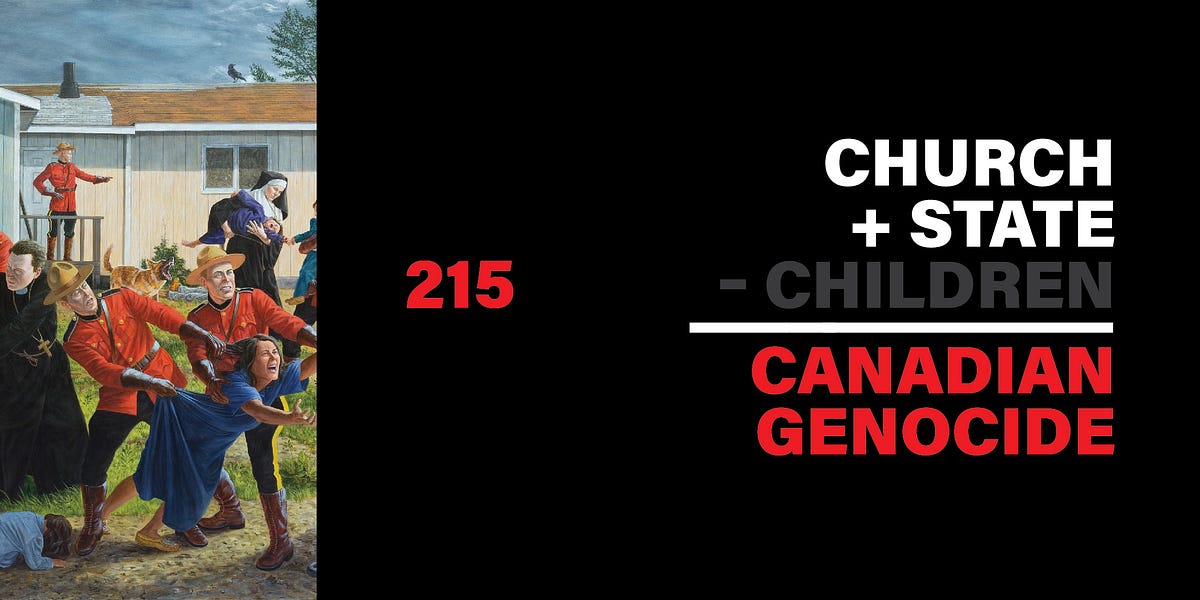
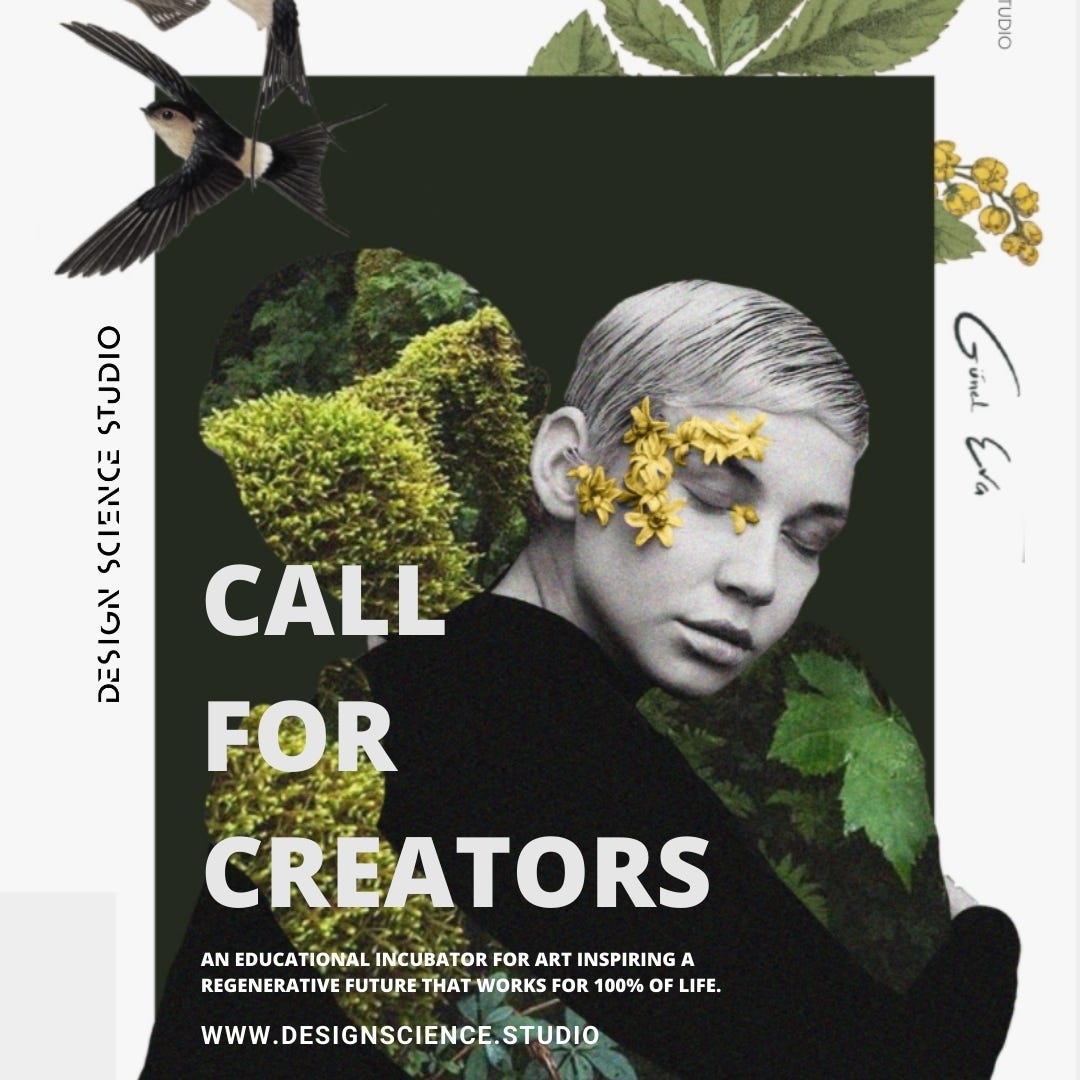
Design Science Studio
A 7-month incubation program for Creators of Regenerative Futures
"The future is always first an idea"
A (r)Evolutionary is a creator of worlds. An artist that has rebelled against an unjust and inequitable world, whose creative spirit strives to uplift a thriving future that works for all carrying with them the seed of a (r)Evolution. This is why we call the artists and system thinkers that are accepted into this groundbreaking program: (r)Evolutionaries.
In a time of radical systems change, we are scaffolding creative potential to birth social and environmental transformation for a thriving, healed planet.
The Design Science Studio is an educational incubator for art that empowers creators to imagine a regenerative future that works for 100% of Life.
We are calling all creators: fine artists, designers, performers, philosophers, ecologists, fabricators, systems thinkers, data scientists, and others to apply to the second cohort of the Studio. The first coheART of the Design Science Studio was even more impactful than we could have ever anticipated. It transformed the lives of many creators who committed to moving the needle with us. We are beyond excited to put out this call for the coheART 2 (r)Evolutionaries to join us. Our curriculum is designed to build the capacity of the creators of the program, and touches on the following themes: Futurism, Planetary Challenges, Opportunities and Solutions, World Building, Gamification, Culture and Art that Changes History, Participatory Design, Biophilic Design, Bucky's Principles, Creative Application Strategies, Traditional Ecological Knowledge, Social Change, Ontological & Experience design, Decolonization, Living Systems, Systems Change and more! During these critical times, we are creating community and shared solutions. The Design Science Studio is empowering a community of creative visionary thought-leaders who are working to build an equitable and just future from the ground up.
The clutch is in, will we shift up or down? — Amanda Joy Ravenhill
“It's Utopia or Oblivion.” - R. Buckminster Fuller
It’s time for ART that changes history.
Join the (r)Evolution in a cultural exploration at the intersection of design, art and science, harnessing the potential to shift and propel the next hundred years of our evolutionary process: The Regenaissance. Our website has all the information you might need or write to us at designsciencestudio@bfi.com. The Design Science Studio is a program fueled by habRitual and the Buckminster Fuller Institute. Many incredible pARTners have joined us on our mission. We hope that you’ll join us!
For those who are not able to join the Design Science Studio, we would like to document what we are doing to learn how to coordinate our actions together to build a world that works for all of life. Join us as we document a community into existence through imagination.
Builders Collective
We are exploring how we imagine, design, and build the future together.

